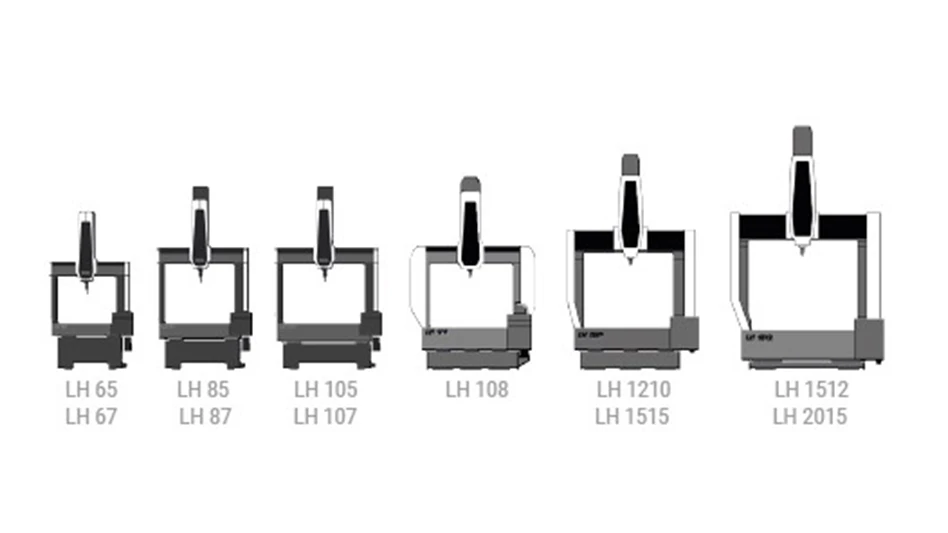
On average, we spend more than 99% of our lives outside of a hospital or clinic. Hence, healthcare outside of hospitals and clinical environments becomes as important as care within. Besides, increasing medical conditions, ageing population, and rising healthcare costs constitute the driving factors for better healthcare solutions. One of these solutions, wireless technology, plays a big role in improving healthcare and patient’s quality of life, while reducing the cost.
Healthcare cycle includes monitoring for preventive care from infants to seniors, fitness monitoring, diagnostic care at hospital environments, rehabilitation, and post-procedure care. (See Figure 1 below) Better remote monitoring helps reduce treatment cost by letting patients go home earlier, which also improves patients quality of life and, in many cases, helps early diagnosis. Monitoring physiological parameters have evolved a long way from bulky bedside devices with bundles of wires connected to the patient to ultra-small wireless sensors that capture vital physiological parameters from the human body while doing normal daily activities. Besides monitoring, some of these devices also are capable of delivering therapies.
To understand the requirements for the wireless aspect of medical devices, let us first broadly categorize some of these devices based on the application. (See Figure 2 below)

These devices range from applications that demand a few bytes of data to streaming data, which require larger radio bandwidth, depending on the physiological parameter that’s measured. Some applications demand long battery life. This is especially the case for implants, where changing a battery could mean surgery. Spot measurement devices, such as temperature measurement patches, demand less from the radio as it is seldom used in the application compared to an ECG monitoring patch that transmits a real-time stream of ECG waveform. Each application has different requirements from the radio, so one-size-fits-all is not applicable.
Radios for implants and ingestibles have the common constraint that communication has to happen through body tissues, which attenuates RF signals at higher frequencies. The FCC has allocated frequency bands in the 400MHz range for implant purposes (MICS and MEDS bands) for optimum performance inside the body. Implanted radios also demand extremely low power consumption, leakage currents, and efficient wake-up mechanisms to initiate communications. Microsemi’s implant-grade radios are specifically designed for such applications. (See Figure 3 below)
Radios in implant applications are heavily duty-cycled, meaning mostly in sleep mode. This requires extremely low leakage current in addition to ultra-low-power consumption during operation. The data rate requirements are not high for implant radio applications, although radios with higher data rates help reduce the duty-cycle and extend battery life.
Ingestible applications include pill cameras that transmit thousands of high-quality pictures of the gastro-intestinal tract, and other applications such as drug delivery and monitoring acidity in the GI tract. Such applications also require radios and circuits that consume ultra-low-power even though device life may be shorter than implants.
Besides ultra-low-power consumption, such radios also demand highly efficient communication protocols with security. Standard protocols, such as Bluetooth Low Energy, or ZigBee, require higher protocol overhead compared to proprietary protocols. Most implant radios use proprietary protocols to optimize power consumption and improve communication efficiency and security.
External wireless sensors cover a wide range of applications from fitness monitors to diagnostic physiological parameter monitoring. Sensing and monitoring solutions for wireless personal area networks (WPANs) and wireless body area networks (WBANs) can support continuous data streaming with extremely low power consumption. This is critical for wearable medical systems used in environments where frequent battery replacement would be difficult and expensive. While these systems previously required AA or AAA batteries, they can now run on micro-power batteries. Making this possible are ultra-low-power, short-range radio transceivers whose circuit design has been optimized for power efficiency.
WPANs occupy a network space around an individual that covers the living or working space nearby (typically up to 10m), and are implemented with protocols such as Bluetooth and ZigBee. WBANs occupy a smaller wireless space, of approximately 1m around a person, and are used for sensor communication associated with the human body. Applications have expanded from heavily duty-cycled spot measurement to more data intensive continuous links. There are many uses for this technology in hospital and clinical facilities, clinical home monitoring and ambulatory applications, and consumer health and fitness. (See Figure 4 below)

Radio requirements for WPANs, WBANs
Many issues must be considered when selecting a short-range radio transceiver capable of optimizing power efficiency in WPANs and WBANs. (See Figure 5 below)
Among these, power supply voltage is particularly important. Most sensors run on a single battery cell, depending on chemistry, so sub-2.0V supply voltages are preferable. This means that short-range radio transceivers must be designed for low-voltage operation – ideally, down to 1.1V in order to optimize design flexibility and reduce power management constraints.
Another key issue is peak current. Almost all wireless-based sensor networks rely on some level of duty cycling to save power and restrict the usage of radio space, which generates peaks in the current consumption profile of the sensor. Low peak current consumption in the radio transceiver reduces constraints on the wireless sensor’s power supply.
Output impedance is also important, as it has a major effect on power amplifier (PA) power consumption. Matching a network to interface radio with antenna can contribute to insertion loss that can be several dB.
The choice of carrier frequency also influences power consumption. The two available options within the medical (ISM) radio band are 2.4GHz or sub-2.4GHz frequencies. The most prevalent 2.4GHz protocols are Wi-Fi, Bluetooth, and ZigBee. however, in low-power and lower-data-rate wireless medical monitoring applications sub-2.4GHz wireless systems offer several advantages, including reduced power consumption, as well as longer range for given power due to lower free-space propagation loss. The quieter spectrum means easier transmissions and fewer retries, which is more efficient and saves battery power.
Communication protocol also has a major impact on the average power budget at the network level. ZigBee and Bluetooth offer highly sophisticated link and network layers, but these stacks can account for a large percentage of the radio power consumption with larger overheads. For ultra-low-power systems, the one-size-fits-all standardized option is rarely the optimum solution. Instead, designers developing solutions for ultra-low-power applications should consider protocols best suited for their needs.
Finally, link data rate is one of the most important factors influencing power consumption in duty-cycled wireless links. The average power is almost inversely proportional to the link data rate; for instance, a 100kbps radio will consume almost half the power of a 50kbps radio for the same payload. When comparing RF transceivers, energy-per-bit is a better indicator of power efficiency than current consumption. However, high data rate radios are often those with higher peak currents, and these are highly undesirable for most small batteries as they result in large, leaky, storage capacitors.
Each of the aforementioned factors is critical for applications where power is at a premium and payload is greater than 10 bits/sec. Whereas previous body-worn wireless sensors could only be used for slowly varying parameters, new RF technologies can be used to help observe more rapidly changing physiological parameters, such as heart and brain electrical activity or blood oxygenation, that require data rates on the order of 0.5kbits/s to 5kbit/s to extract meaningful waveforms.
One example of a solution derived from a careful balance of these trade-offs is the ZL70250 transceiver from Microsemi. (See Figure 6 below) Housed in an approximately 2mm x 3mm chip-scale package, it has standard 2-wire and SPI interfaces for control and data transfer using any standard microcontroller. The microcontroller’s analog-to-digital converter (ADC) connects to the ultra-low-power analog front-end device. Combined with the ZL70250 transceiver, the resulting solution can be used to develop a wireless ECG solution that can run continuously from a CR series coin cell for up to a week. Similar power efficiency can be achieved with such devices as a 3-axis accelerometer or pulse-oximeter for patient respiration measurement, as well as a variety of other wearable health monitoring platforms. Devices like this enable low-cost button cell or small lithium ion batteries to support continuous data streaming in WPANs and WBANs for up to 2 weeks before replacement.
With the advent of micro-power batteries plus advances in ultra-low-power transceiver technology, it is now possible to build smart, flexible, and smart wireless sensors. Proper transceiver selection is critical for addressing a variety of key design issues so that wearable wireless medical devices can perform continuous monitoring of bio-signals for long periods using a single small battery. Today’s ultra-low-power transceivers deliver a combination of performance and power efficiency by balancing a number of trade-offs associated with the use of inversion techniques to achieve the highest possible gain from low current.

Microsemi Corp.
www.microsemi.com
About the author: Reghu Rajan is in strategic marketing with Microsemi Corp. and can be reached atreghu.rajan@microsemi.com.
Latest from Today's Medical Developments
- US Department of Labor Recognizes UNITED GRINDING North America as Apprenticeship Ambassador
- Navigating today’s supply chain
- Fed’s soft landing may ignite manufacturing technology market growth
- Platinum Tooling named North American distributor for Dunner
- Bridging the Skills Gap: A Solution for Today’s Labor Shortage
- Machine Solutions acquires Alpine Laser LLC
- OSG USA’s PHOENIX PFDC indexable face mill cutter & inserts
- IMTS 2024 Booth Tour: Fagor Automation Corp.





